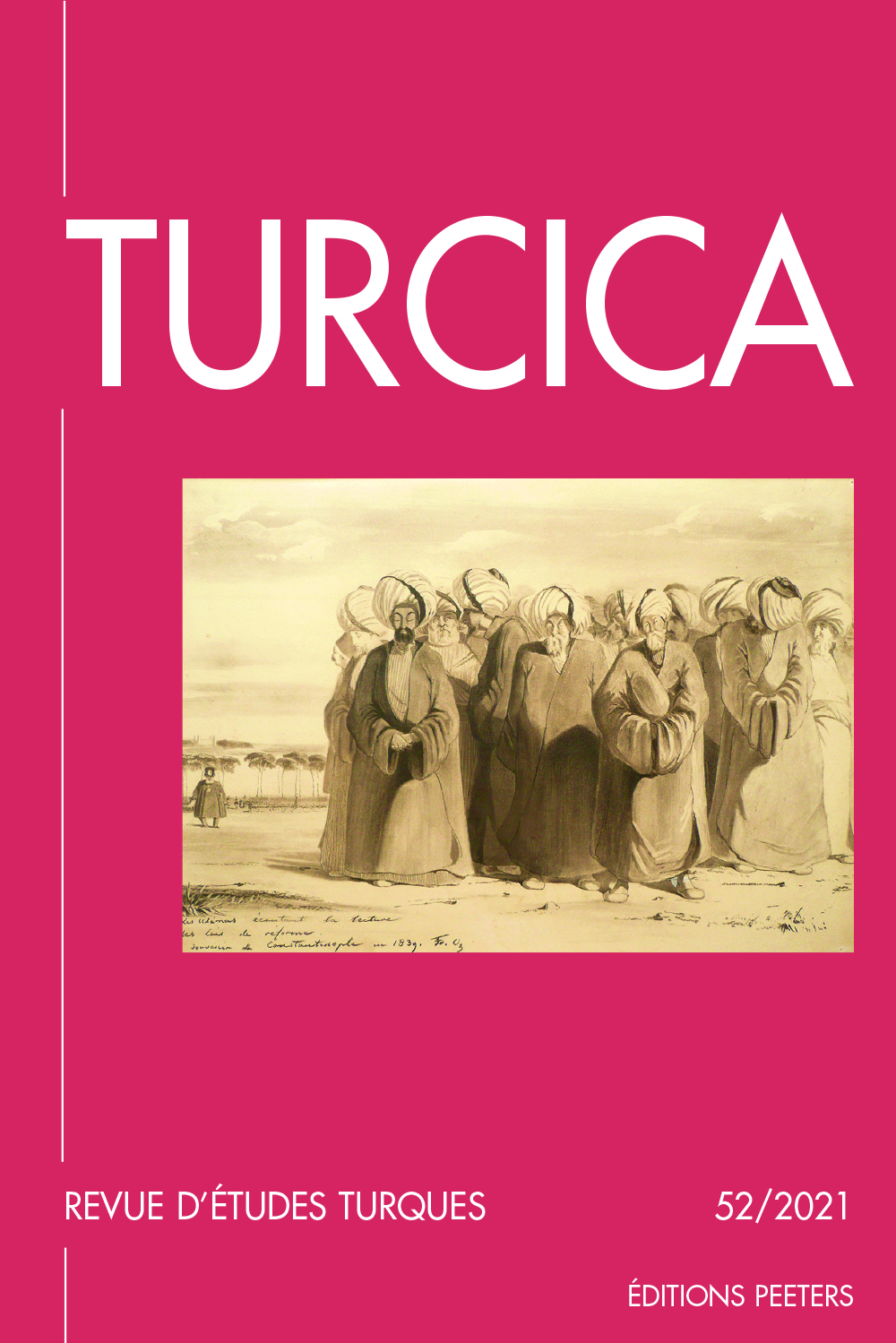 previous article in this issue previous article in this issue | next article in this issue  |

Preview first page |
Document Details : Title: Les wafq-s d'un homme d'État ottoman dans la seconde moitié du XVIe siècle Subtitle: Essai de synthèse Author(s): MICHEL, Nicolas Journal: Turcica Volume: 43 Date: 2011 Pages: 269-308 DOI: 10.2143/TURC.43.0.2174072 Abstract : Cet essai de synthèse se propose d’évaluer l’originalité des fondations de Koca Sinan Pacha, en les comparant à celles de ses prédécesseurs et de ses concurrents aux plus hautes fonctions de l’Empire ottoman, du milieu à la fin du XVIe siècle. Koca Sinan Pacha ne s’est pas distingué de ses rivaux par les moyens qu’il a mobilisés pour promouvoir sa gloire; sa réputation post mortem s’attacha surtout à son immense fortune et à ses très nombreux waqf-s. L’article montre la prégnance du modèle illustré par Rüstem Pacha et Sokollu Mehmed Pacha dans la constitution progressive d’un ensemble de waqf-s enrichis et modifiés avec le temps. Il explore les liens entre la carrière de Koca Sinan Pacha, la chronologie et la géographie de ses fondations∞; il souligne le rôle majeur tenu, dans ses choix d’implantation, par les grandes routes commerciales et leur fort impact attendu au niveau local; l’originalité de ses établissements égyptiens et syriens, conçus en réseau. Il discute l’insertion de ces waqf-s, au caractère manifestement public comme ceux des autres hommes d’État de son temps, dans une politique pensée à l’échelle de l’Empire. This paper aims at assessing the original character of Koca Sinan Pasha’s foundations, by comparing them to those of his predecessors in and competitors for the highest offices of the Ottoman Empire, during the second half of the 16th century. Koca Sinan Pasha did not seek to promote his glory more than his rivals did∞; he owes his post mortem reputation to his enormous fortune, and to his numerous waqfs. This article demonstrates the influence of the pattern applied by Rüstem Pasha and Sokollu Mehmed Pasha in the progressive establishment of a number of waqfs which later on grew richer or changed in other ways. It explores the links between Koca Sinan Pasha’s professional path and his foundations’ chronology and geographical distribution. It highlights the major weight of great trade routes and their locally expected great impact to his location decision-making procedure. It also focuses on the original character of the waqfs he established in Egypt and Syria, which had been conceived to operate as a network. It discusses the insertion of these foundations – which, as the ones established by the other statesmen of his time, showed a public character – into an Empire-scale conceived policy. |
 |


